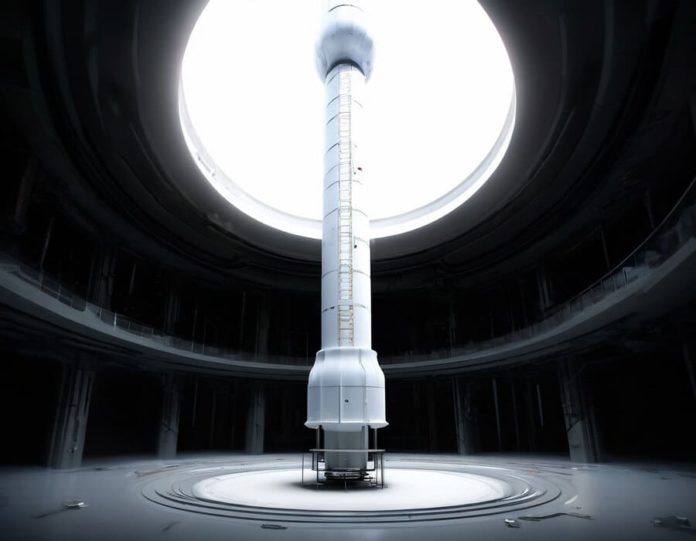Rocket launch technology has seen tremendous advancements over the past few decades. From the early days of the space race to the reusable rockets of today, each breakthrough has pushed the boundaries of what we thought possible. So, what’s next? Let’s dive into some exciting possibilities for the next big thing in rocket launch technology!
1. Fully reusable rockets
We’ve already seen significant strides with partially reusable rockets, thanks to companies like SpaceX and Blue Origin. However, the holy grail is a fully reusable rocket that can be launched, landed, and relaunched with minimal refurbishment. Imagine a rocket that functions like a commercial airplane, where the turnaround time between launches is measured in days rather than months. This would dramatically reduce costs and increase the frequency of launches.
2. Single-Stage-to-Orbit (SSTO) vehicles
Single-Stage-to-Orbit (SSTO) vehicles are spacecraft designed to reach orbit without jettisoning any parts. Currently, rockets discard multiple stages during ascent to reduce weight and improve efficiency. SSTO vehicles, on the other hand, would streamline the entire process, potentially making space travel more straightforward and less costly. Though we’ve yet to see a practical SSTO vehicle, advances in materials science and propulsion could make this a reality.
3. Advanced propulsion systems
Traditional rockets rely on chemical propulsion, which, while powerful, is not the most efficient. Enter advanced propulsion systems like ion drives, nuclear thermal propulsion, and even the theoretical antimatter engines. These systems promise higher efficiency and longer-range capabilities, making them ideal for deep space missions. If one of these technologies can be adapted for launch, it could revolutionize how we access space.
4. Space elevator
Okay, this one might sound like science fiction, but the concept of a space elevator is gaining traction among researchers. The idea is to have a tether extending from the surface of the Earth to geostationary orbit. Vehicles would travel along this tether, bypassing the need for traditional rockets altogether. While there are significant engineering challenges to overcome, particularly in creating a material strong enough to withstand the forces involved, a space elevator would be a game-changer for accessing space.
5. 3D-printed rockets
3D printing has already made its mark in various industries, and the aerospace sector is no exception. Companies like Rocket Lab and Relativity Space are pioneering the use of 3D printing to manufacture rocket components. This approach allows for rapid prototyping, reduced production costs, and lighter, more efficient designs. As the technology matures, we could see entire rockets being 3D printed, significantly lowering the barrier to entry for space exploration.
6. Hypersonic air-breathing engines
Hypersonic air-breathing engines, like scramjets, could revolutionize the first stage of launch vehicles. These engines use atmospheric oxygen to burn fuel, eliminating the need to carry large oxidizer tanks and making the rocket lighter and more efficient. Such technology could make accessing low Earth orbit more like a high-speed airplane flight than a traditional rocket launch.
The future of rocket launch technology is brimming with possibilities. Fully reusable rockets, SSTO vehicles, advanced propulsion systems, space elevators, 3D-printed rockets, and hypersonic engines all represent potential breakthroughs that could reshape our approach to space travel. While it’s hard to predict which of these will become the next big thing, one thing is certain: the journey to the stars is only just beginning, and the next few decades promise to be as exciting as ever.













